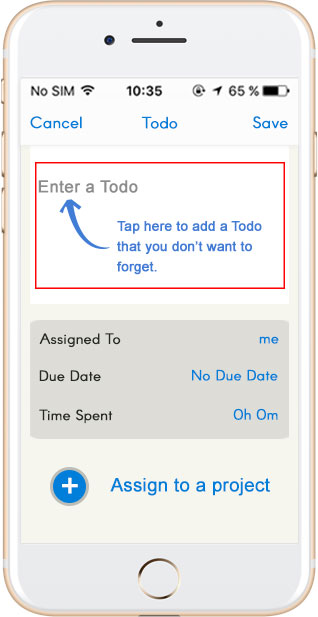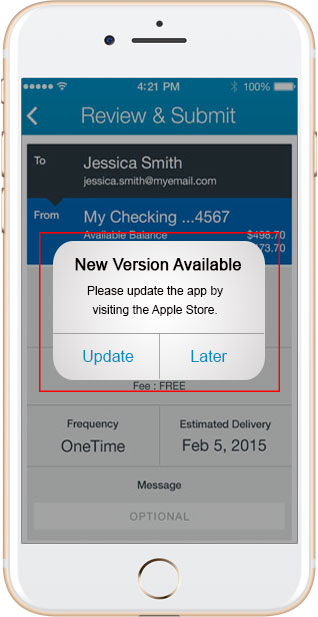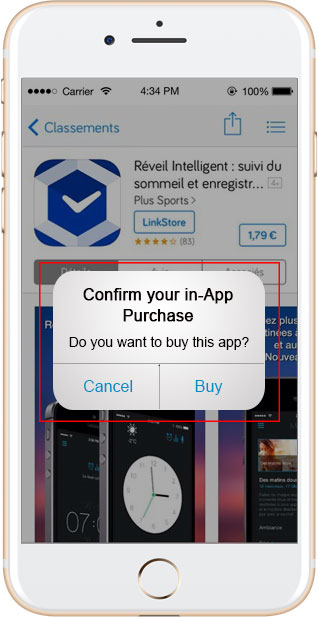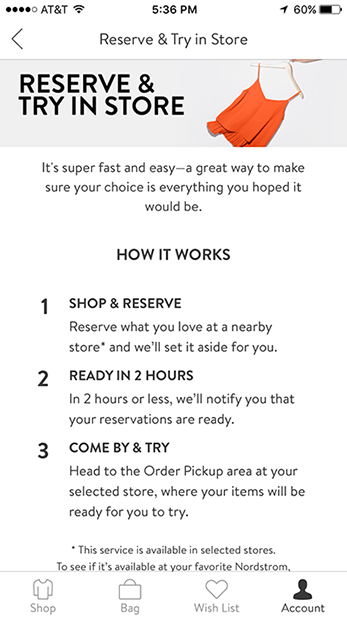

Updated January 2, 2025
Make your app one that's not forgotten by following these 10 tips to increase user engagement.
Updated April 15, 2022
The number of worldwide mobile app downloads reached 149 billion in 2016, a number that is expected to grow to nearly 352 billion by 2023. However, consumers are deleting about 80 to 90% of their apps after trying them.
Looking for a Mobile App Development agency?
Compare our list of top Mobile App Development companies near you
Many apps that aren’t deleted just lie forgotten on the phone. In fact, only 4% of apps are still used 12 months after they were downloaded.
To avoid that fate, you can increase user engagement and build loyalty by following the below 10 tips.
Interested in developing a new app? Reach out to an expert today.
Table of Contents:
The goal of the onboarding process is to make it simple and easy to learn about and to use the app, without imposing a mental burden on the user. This burden can be caused by:
So, keep it simple and basic; deliver any information later when the user needs it, as opposed to making all information available upfront.
For example, the question-and-answer site Quora offers a good onboarding experience for users. When onboarding, it only asks for the name, email, password, and interests of the user so it can present the relevant information right away.
After the initial onboarding process, users have the option to either complete their profile or start using the app.

Most app users think the onboarding process should take 60 seconds or less, so only gathering the necessary information upfront increases the chances the app will be used.
Once users have downloaded your app, the first few minutes they use it are crucial.
The learnability of the app and its ease of use is very important. A development that introduces new features to keep users engaged needs to be careful. Most users do not want complex features or navigating options that will take a while to learn.
Some users need tutorials and instructions, but they should be opt-in and well-designed. If there is a feature that may be complicated for some, many apps, such as task list app Todo, feature instructions first-time users can choose to read.

This allows users to know how to use the app immediately without much effort on their part. However, for those who know how to use the app already, they aren’t burdened with mandatory instructions; they can simply opt-out.
Apps that engage you with minimum effort in a very short time are essential to engagement.
Users expect an app to load in two seconds or less, and about 79% of users will try their app only one to two more times if it doesn’t load the first time.
Apps that take a long time to load risk losing potential customers, who will become irritated waiting. A slow-to-load app can cause users to be so frustrated that they eventually delete it.
By their nature, mobile apps are meant to be used everywhere, from crowded airports to restaurants to moving trains. If they don’t load quickly, users will lose interest—and sometimes even money.
For example, someone might be using an app to trade on the stock market, where prices change in fractions of a second. Slow loading times might mean a loss of thousands of dollars. For all users, speed is key.
Loading times reduce with a variety of methods, such as keeping features like a database, web services, image size, or media optimized. Deploying methods where non-critical tasks can run in the background can also keep the user experience smooth and fast.
When it is not possible to decrease loading time, you can use UX intelligently by using features like animation to keep users engaged so they do not feel lag.
User experience, or UX, is the experience, feeling, and perception of users during and after their interaction with your mobile app.
Average mobile users spend 84% of their time using the same five apps, even though they may have many other apps on their smartphone. While that may have to do with user patterns and app categories (for example, you may have less need to visit an app to book plane tickets every day compared with chatting on Facebook), it usually means that those few apps you keep returning to offer great user experience.
If you have to explain in detail how to use an app, that means your user experience is not great. Make sure to keep your app simple and clean. Crowding and stuffing features will lead to disarray.
Apart from fast loading speeds, UX involves developing apps that don’t crash and offer simple user interfaces, intuitive design and navigation, low drain on battery life, security, and good help options.
Push notifications can be invasive, and users can become frustrated when they pop up randomly. Don’t make push notifications the default; allow your users to opt-in and opt-out.
Relate your notifications to events or specific times. Consider the benefit to the user – not to you – when sending the push notification.
For example, for an accountancy app, you can send push reminders for important updates around tax season. In addition, a notification that there is a security concern on the smartphone or that lab test reports are ready to be viewed on the hospital or lab’s app may be welcome.
However, low-value notifications about promotions, newsletters, and other topics the user may not be interested in may irritate them and lead to less goodwill toward your app, eventually causing them to delete it.
New realtime features keep users happy, right? Yes, but it’s also important to evolve your app with your customers’ changing needs.
Apps that offer unique features, benefits, or functionalities, thereby satisfying an underlying need or problem, will be the ones users are more likely to keep.
Whatsapp started as a simple and affordable texting tool. Now, it has many more functions, such as group chat and video calls. Indians, for example, use Whatsapp video calls for more than 50 million minutes every day.
If Whatsapp hadn’t taken advantage of front-facing smartphone cameras to offer this feature, it would have remained a texting app and not have evolved along with smartphones. Whatsapp evolved based on new software and hardware capabilities as well as user needs and pain points.
Other successful apps, such as Uber, are updated frequently.
With cybercrime growing and hackers becoming more sophisticated, security concerns are on the rise. It is especially relevant to e-commerce or banking apps, where the user reveals important financial information. A bank app that introduces new features to keep users safe will benefit in the long run.

When banks constantly update their apps, they are making an effort to stay one step ahead of potential hackers.
Updates can be minor, like bug or security fixes, or larger, with entirely new features added. To know more details about the updates, users can look at the release notes.
Regular fixes and refinements show that you are making an effort at maintaining and supporting your app and building a loyal customer base over time.
Gamification is when game elements are used in non-game contexts. It is widely used in marketing, in mobile games to increase user engagement and to motivate and challenge users with tools such as:
Gamification can make normal activities compelling. For example, a fitness app can ask users to commit to running 10 miles per month or else risk losing $10.
Gamification increases app retention by encouraging users to keep using the app in order to be rewarded.
Although the number of downloads in your app is something to measure, other stats are far more important in order to keep users. So, look at the metrics for engagement, such as:
Of course, you should also look at the ratings and reviews on the app store and accordingly investigate any concerns.
Many more sophisticated tools are available that app development companies and their marketing consultancies can look at to identify problem areas or areas for improvement and better the app experience.
This includes heatmap analysis, which combines all touch gestures on the apps to see which parts of the screen most users are using and which are being ignored.
Analytics tools arm app developers with ample insights to make the right decisions.
Monetization is part of the mobile app lifecycle. There are many ways to monetize your site, including the following:
Many apps make their money from in-app purchases, in which users purchase an addition to their already-downloaded app.

Although many apps benefit from offering in-app purchases, you do not have to stick to only one option to make money.
The mistake a lot of apps make is choosing a monetizing strategy that looks good for them over one that would suit their target user best. For example, if you know your user demographic well, then focused ads are a great option.
Subscription models, a way to earn revenue for apps that requires the user to unlock premium features for a certain amount of time (e.g., three months, six months, one year), are also great for content-rich apps that offer fresh and exciting updates.
Consider taking advantage of GPS services if it’s helpful to customers.
Such apps are being used to track pets and livestock, for elder care, and even in the security industry and by police to track the movements of a criminal offender.
Other apps, such as Nordstrom, let customers select an item in-app and try it on in a nearby store.

Using location services allows an app to tailor the experience to each user and is a great example of using the smartphone’s features to build or enhance your app’s functionality.
Many approaches and tools exist if you wish to increase your mobile app’s retention. Follow these tips to get a head start!
Interested in creating a new app for your business? Speak with a professional today!
Additional Reading:


